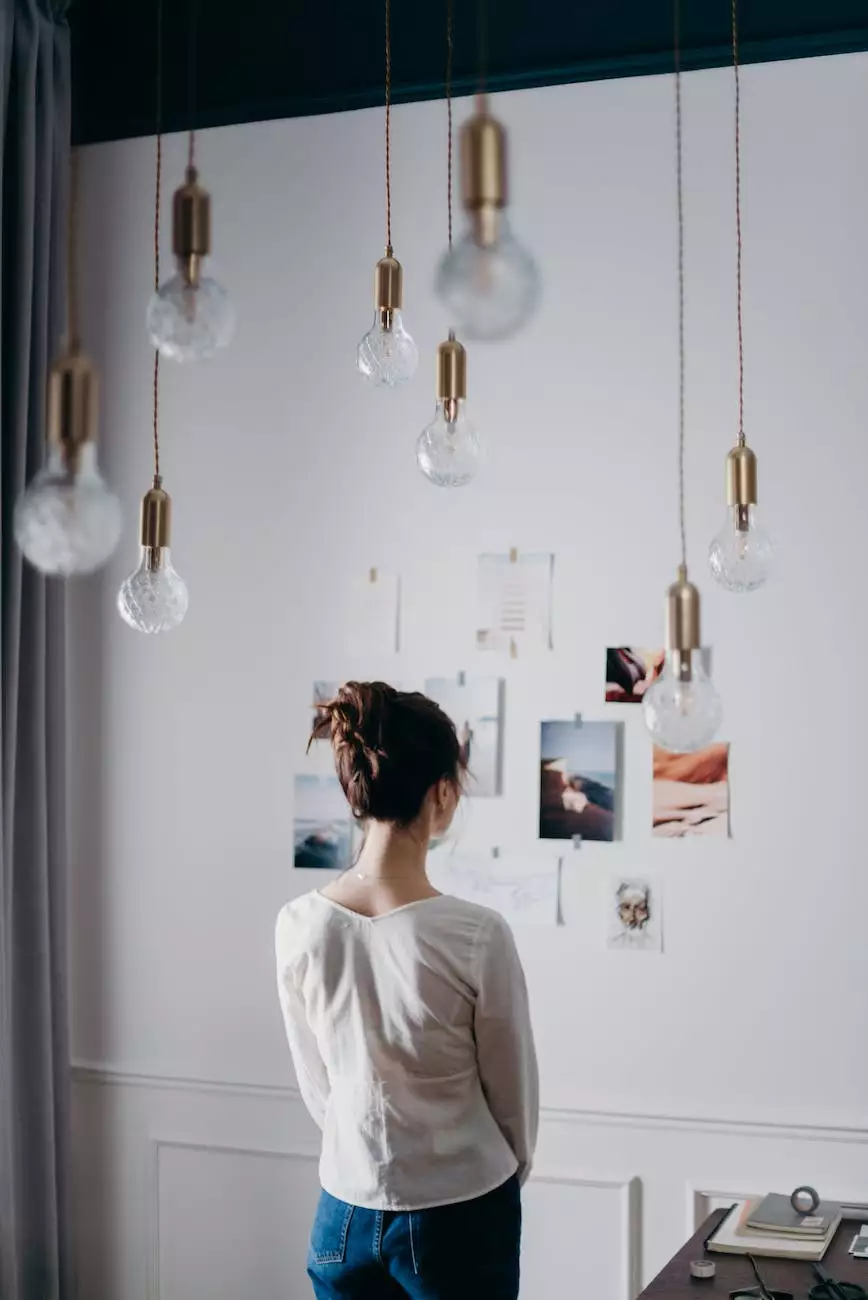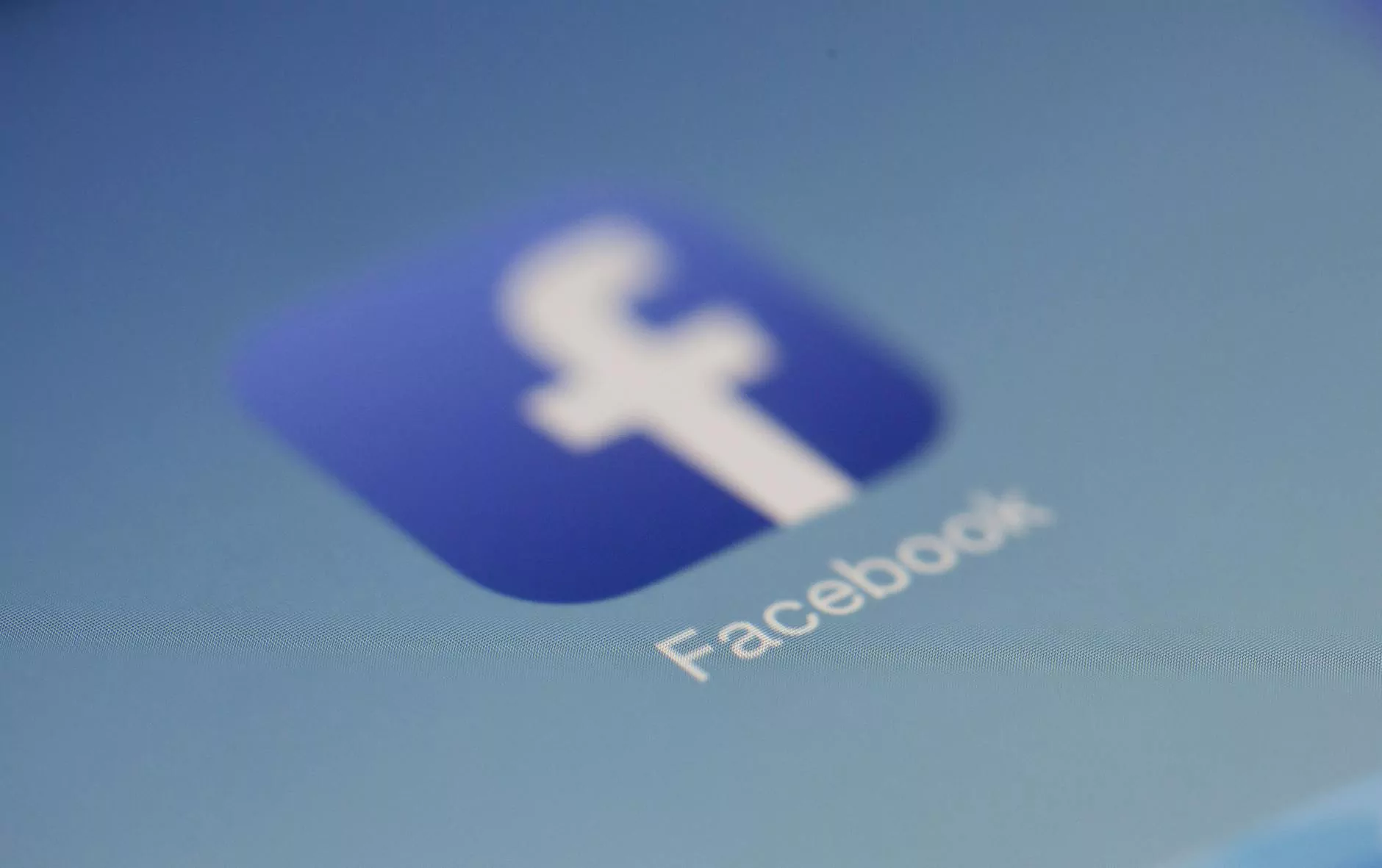Creating a Mood Board for Your New App
Blog
Moxie SEO welcomes you to a comprehensive guide on creating a mood board for your new app. As a leading SEO agency in the business and consumer services industry, we understand the importance of effective design collaboration in app development. By utilizing mood boards, you can streamline your development process, enhance communication, and create a cohesive visual direction that resonates with your target audience.
The Benefits of Mood Boards
When it comes to app development, a well-crafted mood board serves as a visual representation of your app's concept, theme, and overall design. It acts as a reference guide for everyone involved in the process, including designers, developers, and stakeholders. By creating a mood board, you can:
- 1. Establish a Visual Identity: A mood board allows you to explore various color schemes, typography, and visual elements to create a captivating visual identity for your app.
- 2. Enhance Communication: Through the use of visuals, you can effectively communicate your design preferences and ideas to the design team, ensuring that everyone is on the same page.
- 3. Encourage Collaboration: A mood board facilitates collaboration among team members, enabling them to contribute their ideas and insights to create a harmonious design.
- 4. Streamline Decision-Making: By having a clear visual direction, you can minimize design iterations, save time, and make informed decisions during the development process.
- 5. Attract and Engage Users: A well-designed app with a visually cohesive theme is more likely to attract users and provide a memorable user experience.
Creating an Effective Mood Board
Now that you understand the benefits, let's explore the steps involved in creating an effective mood board for your new app:
1. Define Your App's Purpose
Start by clearly defining the purpose and goals of your app. Identify your target audience, their preferences, and the overall user experience you wish to create. This information will help guide your design choices throughout the mood board creation process.
2. Gather Inspiration
Research and gather inspiration from various sources. Explore different app designs, color palettes, typography, and visual elements that align with your app's purpose. Use online platforms, design blogs, and industry trends to spark creativity.
3. Create a Digital or Physical Mood Board
Choose whether you want to create a digital or physical mood board. Digital mood boards can be created using design tools like Adobe XD, Figma, or even a simple collage in a graphic editing software. Physical mood boards involve gathering printed materials such as images, textures, and color swatches.
4. Organize and Curate Visual Elements
Arrange the collected visual elements on your mood board, ensuring they align with your app's purpose and desired visual identity. Group related elements together, experiment with different combinations, and refine your choices to create a cohesive design.
5. Incorporate Branding Elements
If your app is part of a larger brand, make sure to incorporate relevant branding elements into your mood board. This includes logos, brand colors, fonts, and any other visual identifiers that maintain consistency with the overall brand image.
6. Review and Refine
Step back, review your mood board, and gather feedback from your team and stakeholders. Evaluate whether the visual elements effectively convey your app's purpose and resonate with your target audience. Make necessary refinements to ensure the mood board aligns with your app's overall concept.
Conclusion
Creativity and collaboration are key components in successful app development. By creating a mood board, you can streamline your design process, enhance communication, and establish a strong visual foundation for your new app. Moxie SEO, the leading SEO agency specializing in business and consumer services, is dedicated to helping you achieve app success through effective design strategies. Start creating your mood board today and set your app on the path to success.




